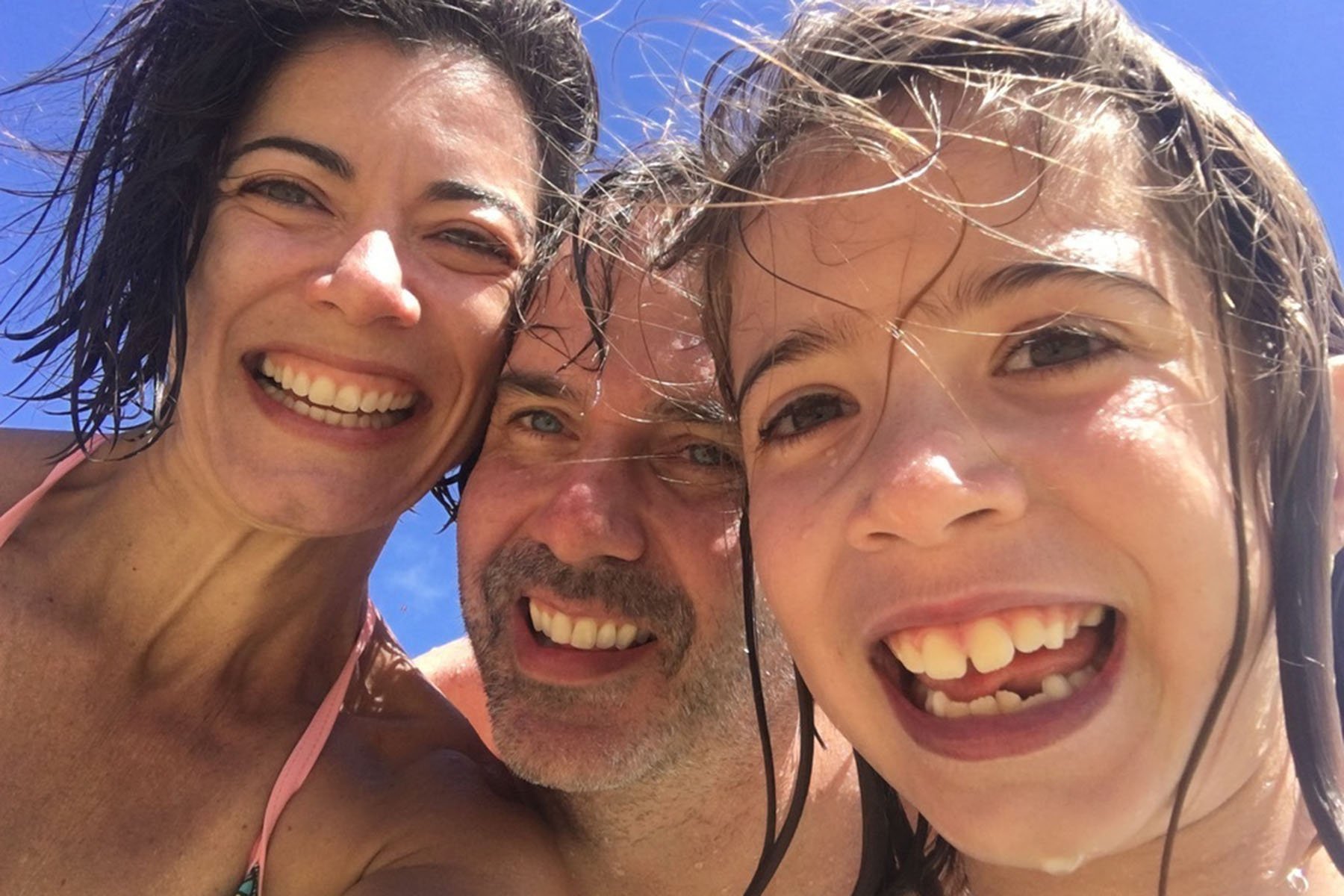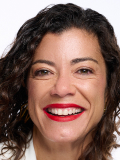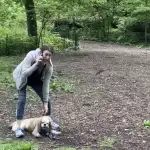This Latinx Heritage Month, we’re telling the untold stories of women, women of color and LGBTQ+ people. Subscribe to our daily newsletter.
When I arrived in the United States in 1998, I was an ambitious international student from Brazil eager to grow and go back home armed with a master’s degree in journalism and the necessary chops to land a job at a newspaper in Rio de Janeiro, where my parents and siblings lived at the time. We’re not originally from Rio, but from Brazil’s first capital, Salvador, a place colonized by my Portuguese ancestors and built on the backs of my African and Indigenous ancestors.
My American story began at a job fair in Boston in 1999, when a handsome man with chestnut hair and azure eyes offered me an unpaid internship. I couldn’t justify or afford working for free, though I wished I could so that I’d have an excuse to see him again. (Yes, I was smitten.) We connected anyway; a few days later, he called the phone number listed on my résumé to check in on my job search, an excuse to get a conversation going. In a month, we had our first date. In 10 months, we were engaged. Five months later, we got married.
Our union opened doors to unfamiliar identities — his as a White blue-collar American of Irish and French-Canadian descent and mine as an immigrant in a foreign land that our marriage had made into a home. Embracing this new chapter was a disorienting adventure, a process that forced me to recalibrate my understanding of self in the context of a country that had a pre-assigned label for people like me. In the United States, I became “Latina.”
I never considered my Latin American heritage until I arrived in the United States or thought of my Latin American neighbors as any more than that, especially since almost all of them speak Spanish and Brazil’s official language is Portuguese. I identified as Brazilian, a broad classification nonetheless because it encompasses the many Brazils within Brazil. I soon discovered that “Latino,” though it can be generic and otherizing, also serves to unify those of us who fall under it. Together, we’re a fast-growing and influential chunk of the American quilt. We’re election deciders. We’re miscegenation personified, the sum of wholes that stereotypes fail to capture and power structures have sought to keep apart.
On the day of my naturalization ceremony in 2005, I felt a mix of pride and betrayal. It was as if in embracing U.S. citizenship, I was somehow severing the roots that kept me tethered to Brazil, the country under my skin. “There’s ‘American’ in ‘Latin American,’” my husband would tell me. “Do your thing. Be you. You’ve got nothing to prove.”
Years later, while covering the Southwest as Phoenix bureau chief for The New York Times, I realized that the young undocumented immigrants I so often wrote about — people who had been brought to the United States as children and grown up here — were excellent examples of Americanness: They were gritty, resilient, dedicated to their communities and passionate about the only country they’ve known as their own. From them, I learned that citizenship is about attachment to a place and its people. It’s about civic involvement. It’s about melding even if it means going against the exclusionary forces of politics and ideology.
I became a mother in 2009. My husband and I had a long list of names that sounded the same in English and Portuguese, but ended up calling our girl Flora. Inspiration came from a Bob Dylan song we used to listen to on repeat and, we later found out, one that’s actually a variation of an Irish folk song. I took to casually referring to Flora as a mutt, the heritages within her so mixed, I’d say, that “she’s all of them and none.”
Then, my husband interjected: “She’s not a mutt. She is the perfect American.”
When pancreatic cancer stole him from us in 2017, 30 days after his diagnosis, Flora became the interpretative vessel through which I’d learn an American way that was unlike my husband’s and any other I’d experienced because, this time, it included me, too. Having been changed by marriage, motherhood and my time in the United States, I had to ground myself in an identity that felt purely mine and quintessentially American so that I could raise a child who belonged in a changing country. So I embraced the label thrust upon me as an imposition, drew strength from our numbers and fueled up on our collective understanding that as Latinos, we’re one and also each our own person.
Flora carries both her parents’ surnames. She carries our ancestry in her blood. She’s Irish and Canadian and Portuguese and African and Indigenous. She’s Latina. She’s American. She’s the foundation on which this country was built and she is its future, too.





